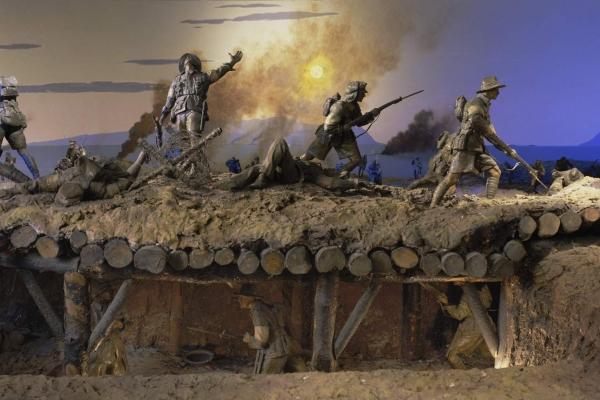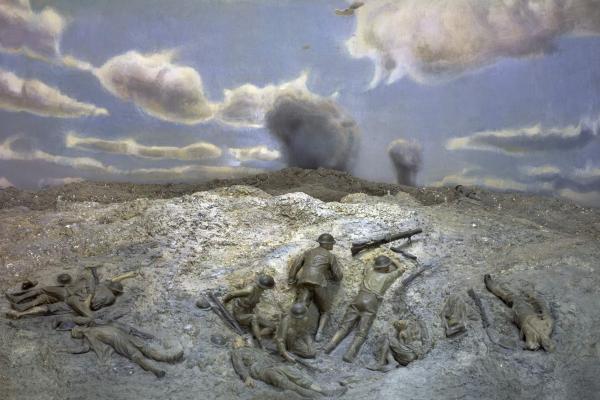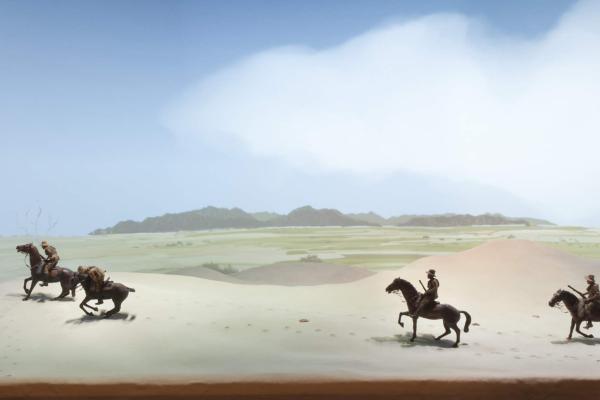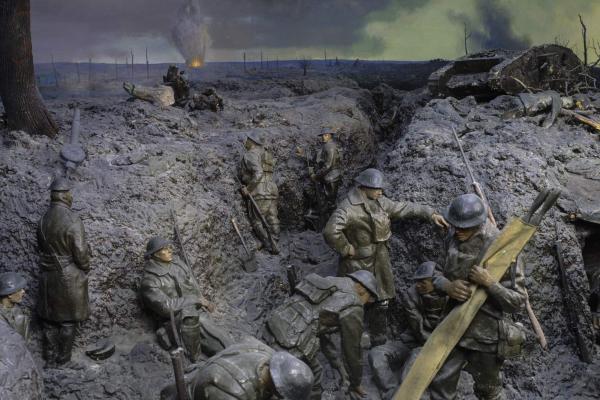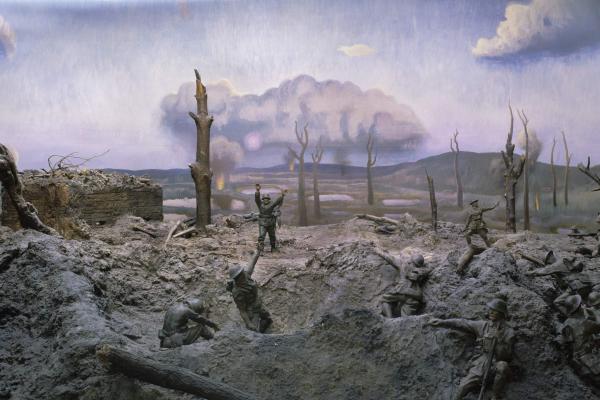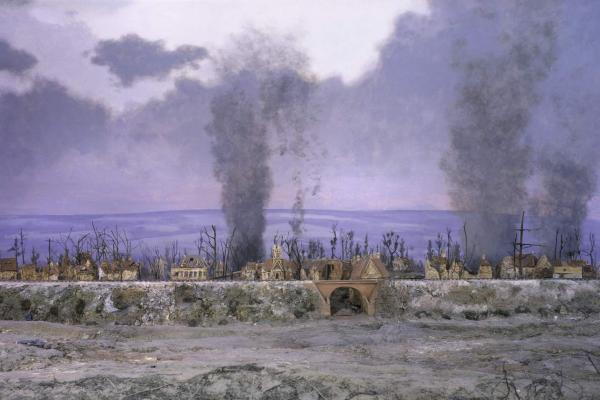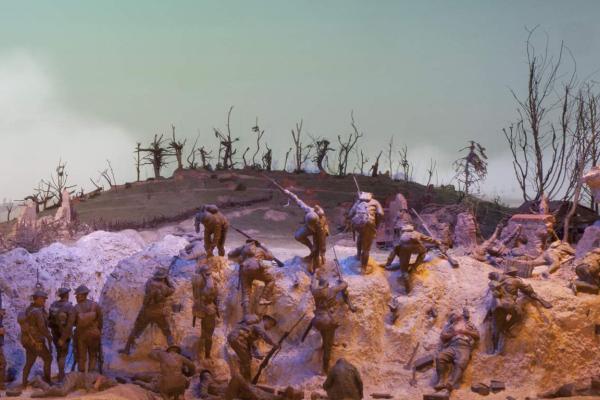Dioramas or "picture models", as they were first called, have been a part of the Memorial’s displays since its inception. They were first suggested by official war artist Will Dyson and official war historian Charles Bean to give a more vivid impression of war than conveyed through photographs and paintings.
Bean wanted the dioramas to be more than simply battlefield models. He saw them as works of art, a way of helping people in Australia to understand the devastation and danger of battle, and the sacrifice and sufferings of the people to whom the Memorial is dedicated.
